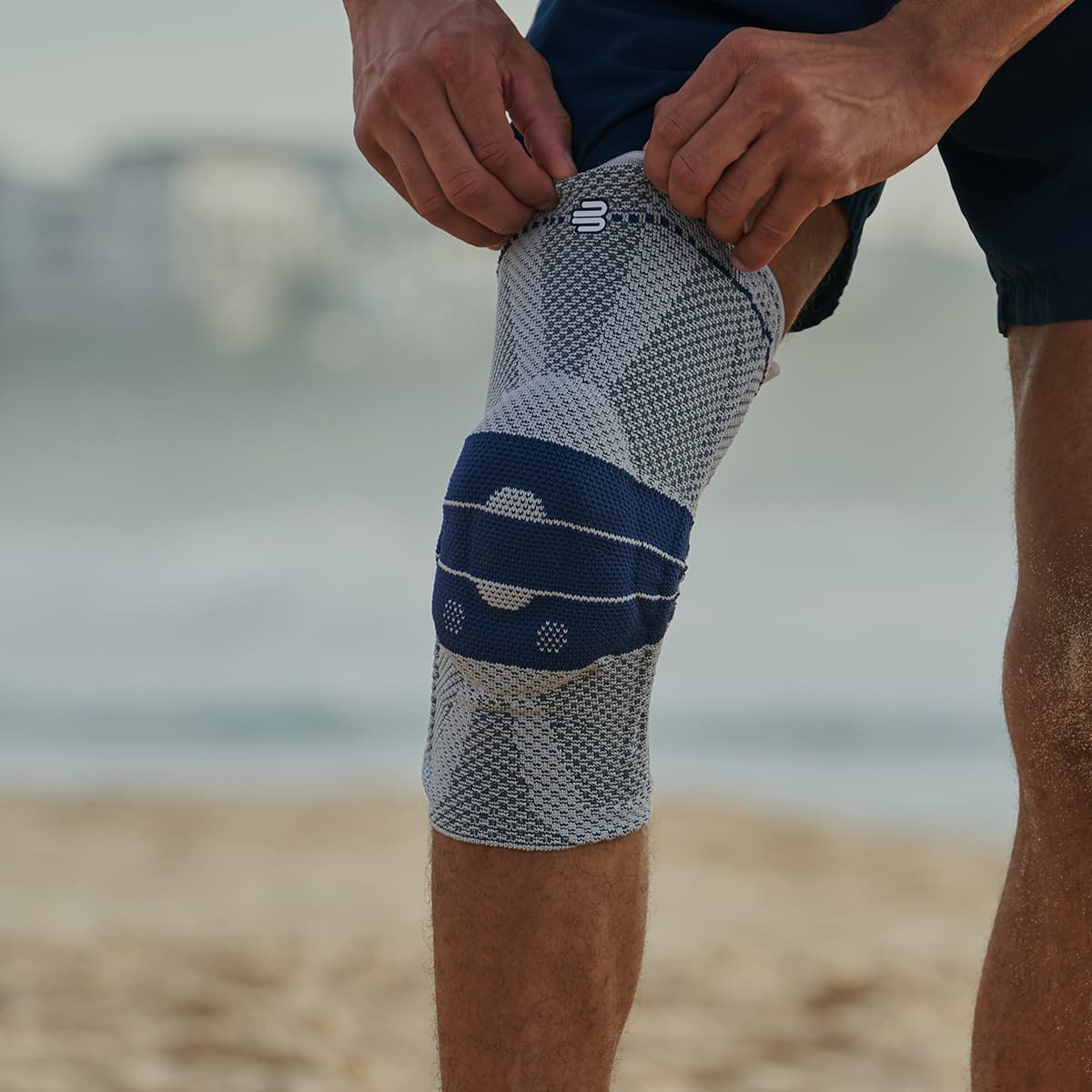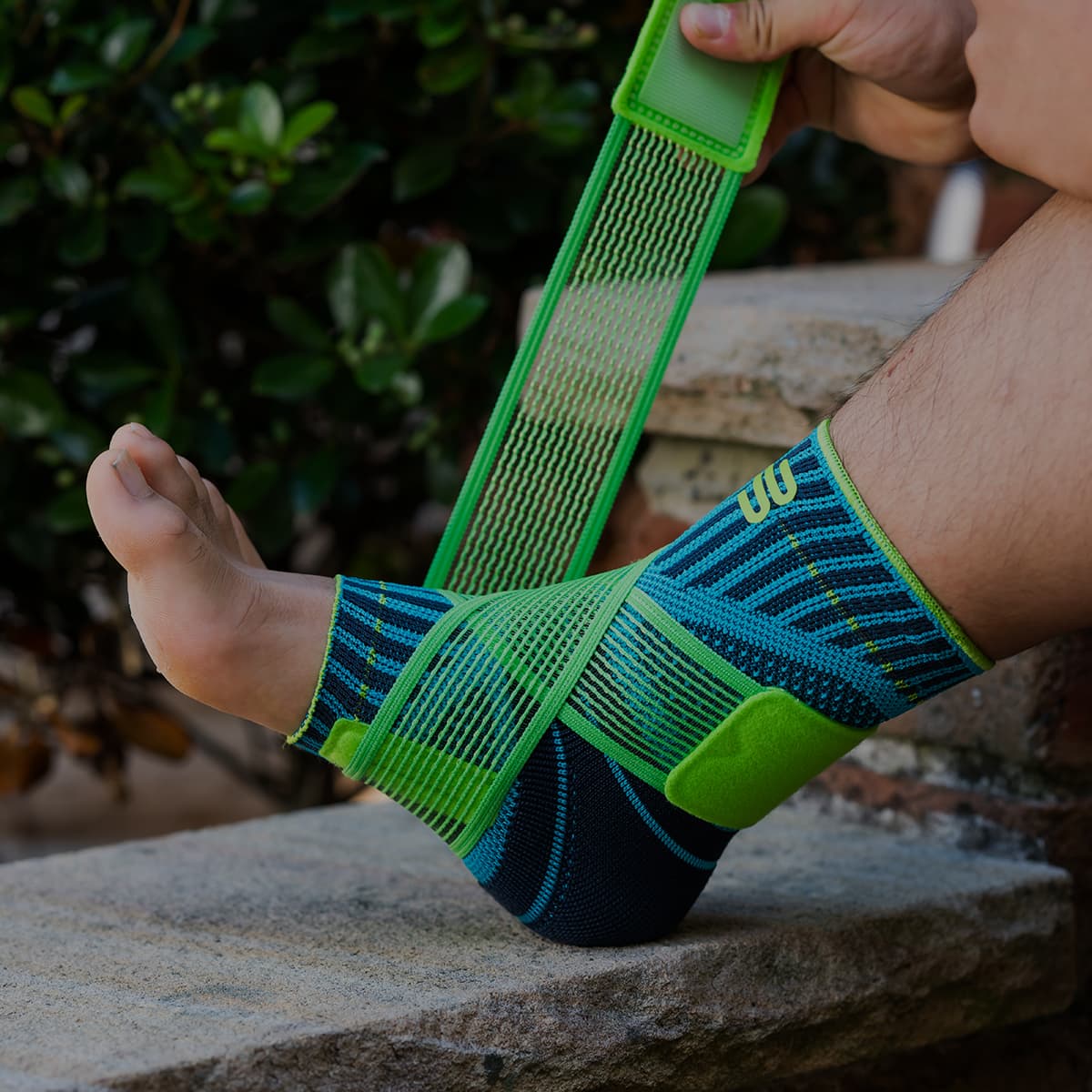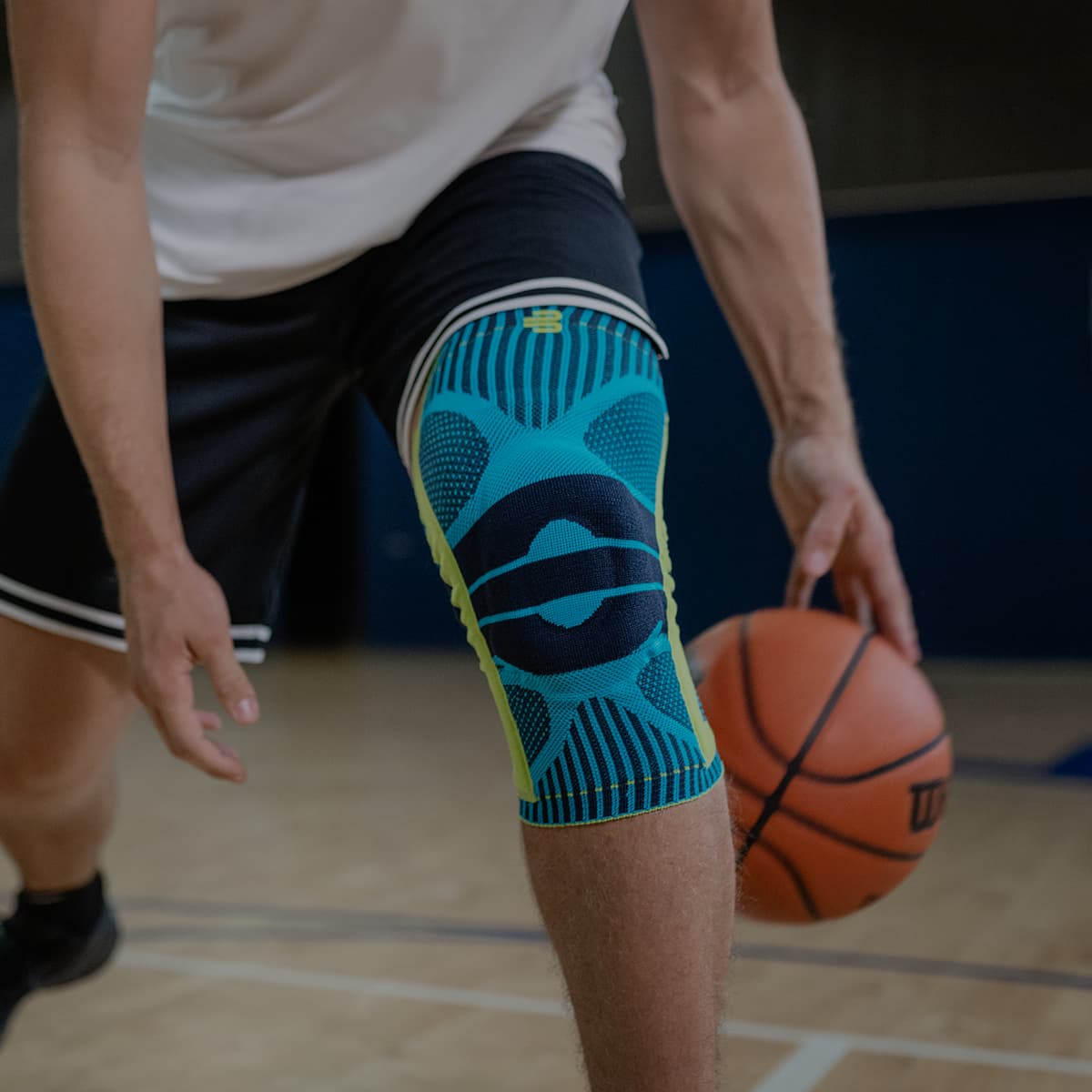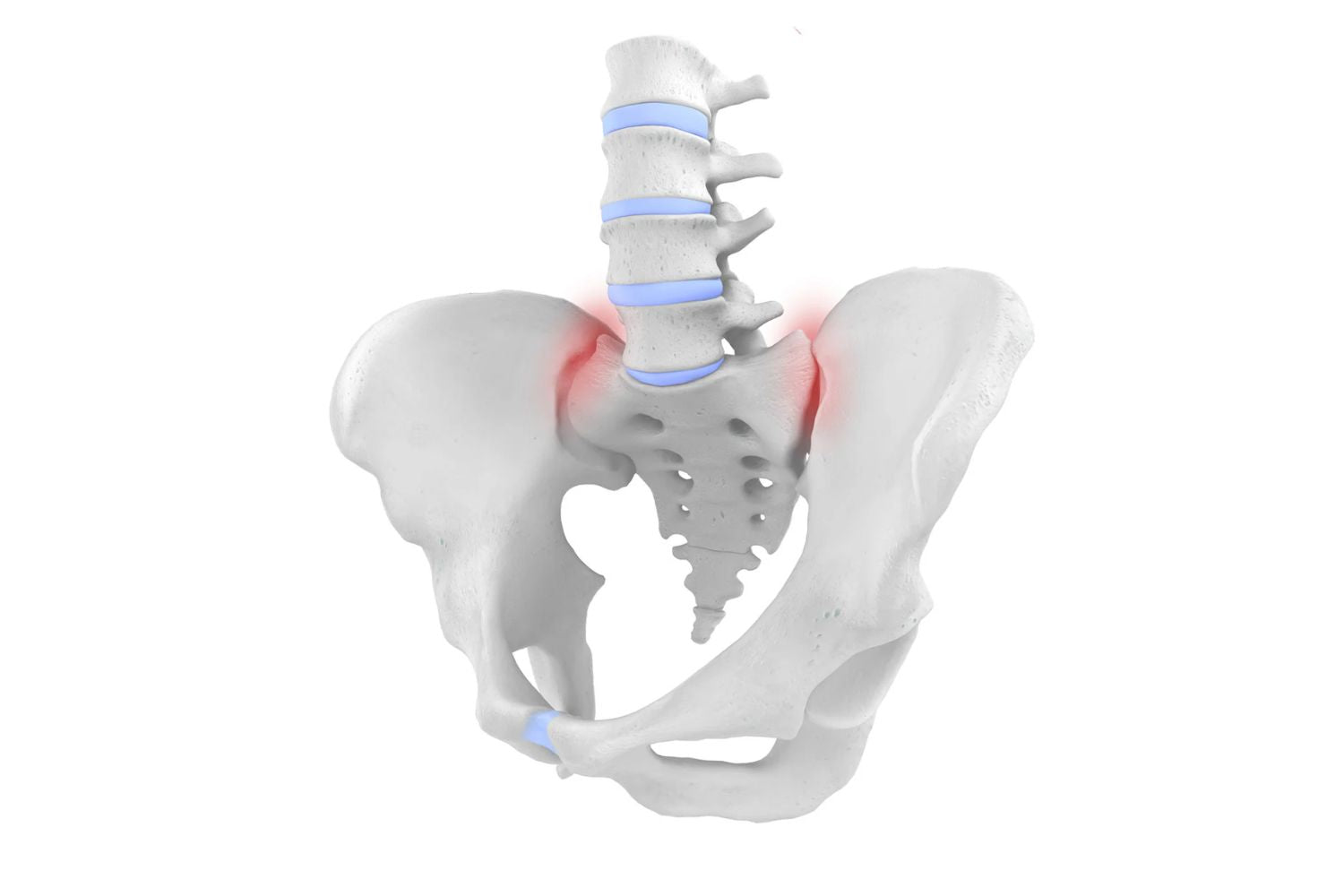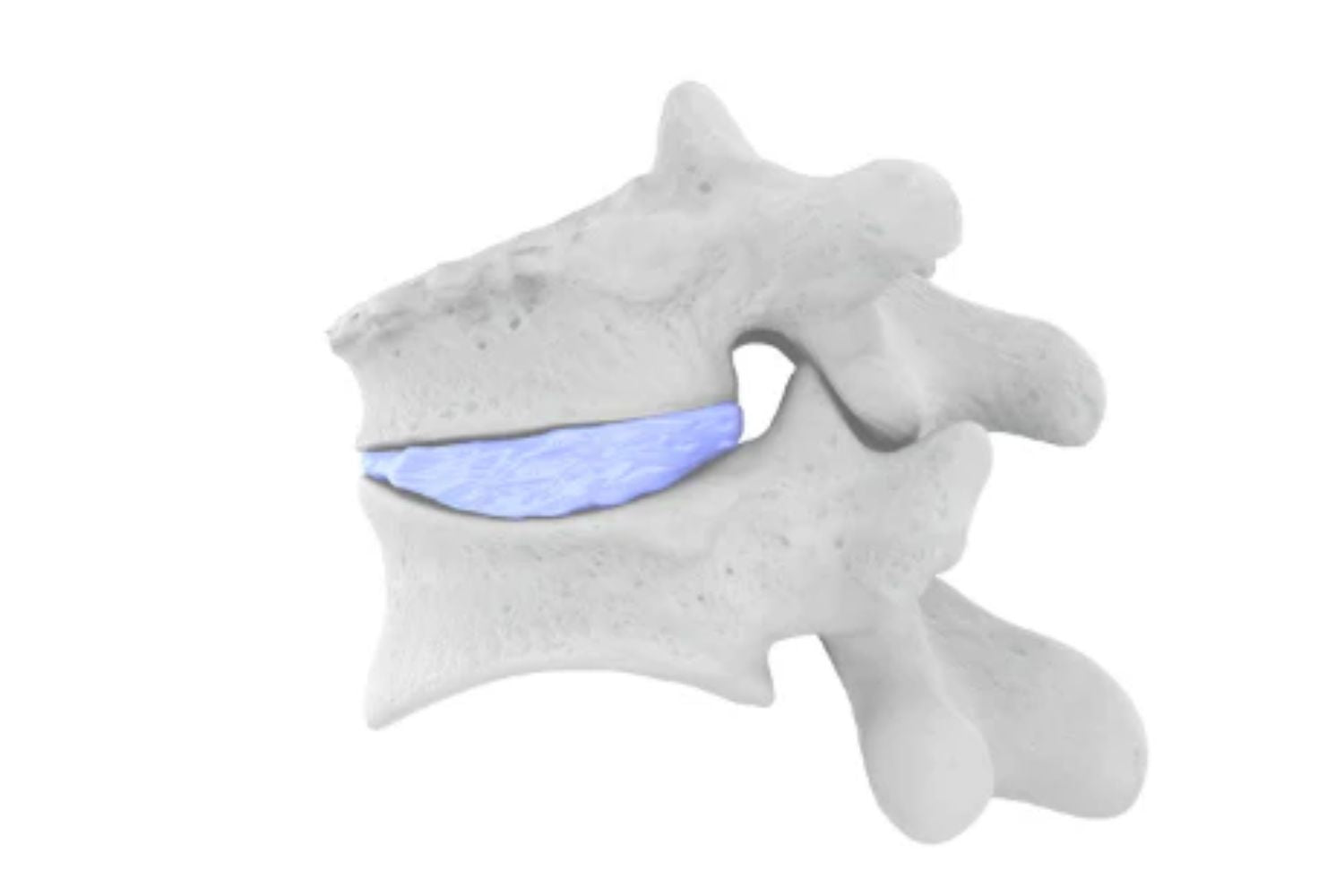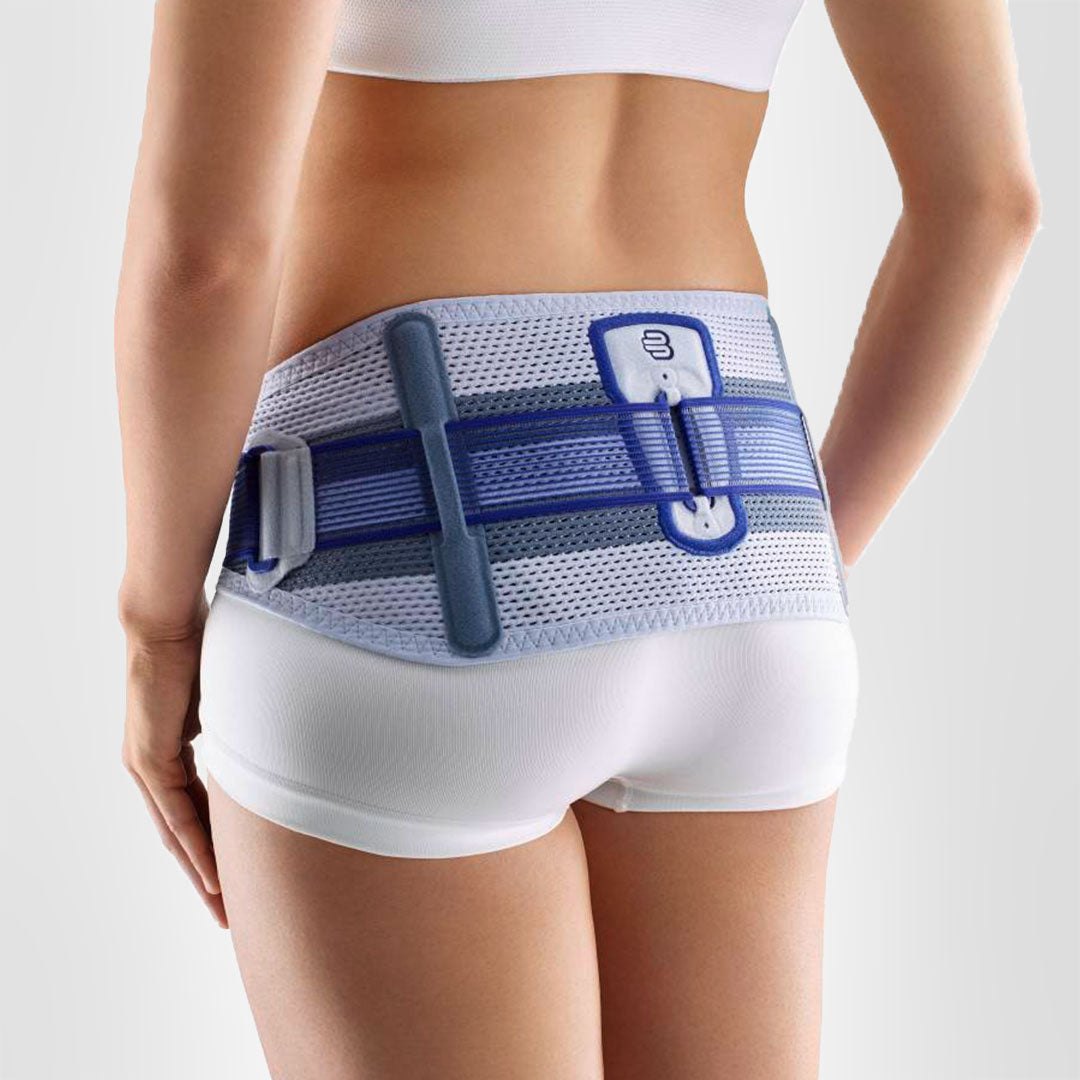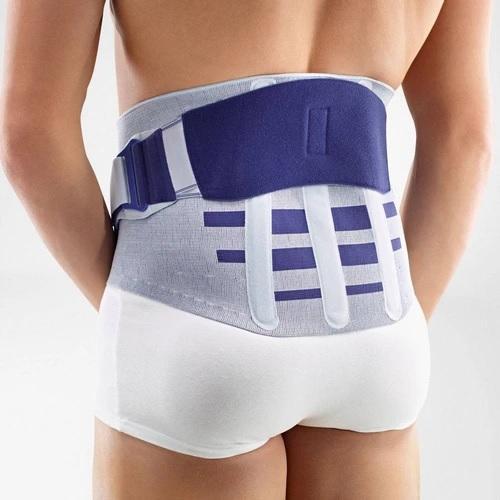Sacroiliac Joint Dysfunction: Low Back And Leg Pain
The sacroiliac joint, also known as the SI joint, connects the lower spine to the pelvis. Alongside robust ligaments, it facilitates the transfer of power along the back and supports complex movements like weight-bearing, walking, and running.
The SI joint is not very flexible by nature. Damage or degeneration of the SI joint can be significantly detrimental to a patient’s quality of life.
Mild cases can be resolved with conservative treatment. However, in cases of long-term wear and tear, severe degeneration of the joint can lead to a serious loss of lower back stability and mobility.
Causes of Sacroiliac Joint Dysfunction
There are a few known factors that can lead to pain in the back, specifically in the sacroiliac joint. Some of them include:
- Injury in an accident or trauma can displace the SI joint and lead to immense pain.
- Poor proprioception adds excess pressure onto the SI joint and ligaments, which can lead to overloading of the joint.
- Sudden forceful exertion on the SI joint, typical of high-intensity contact sports like football and rugby, increases the risk of SI blockage.
Chronic pain in the sacroiliac joint is more commonly associated with:
- Long-term wear and tear of the SI joint, also called arthrosis, leads to weakening of the joint and surrounding ligaments.
- Loosening of the symphysis during pregnancy, leading to instability of the pelvic girdle and increased risk of developing pain in the SI joint.
- Infections and associated inherent pre-existing conditions, like rheumatic diseases, can make patients more susceptible to symptoms.
- Broken bones or herniated discs can result in weakening of the muscles, which increases the chances of degeneration of the SI joint.
Bechtrew’s disease is a rheumatic disease that leads to chronic inflammation in the SI joint at a young age. The first symptom of this condition is pain in the back while sleeping.
SI Joint Dysfunction Symptoms
Patients typically suffer from a range of symptoms, most commonly including:
- Intense pain in the area of the SI (lower back).
- Radiating pain in the lumbar spine and legs.
- Feelings of paralysis or numbness in the legs.
- Patients often complain of bladder and bowel emptying disorders.
- Severely restricted mobility - a patient’s back is stiff and the intensity of the pain significantly increases, with movement, during the day.
Pain initially occurs upon exertion. However, in chronic cases, the pain can become consistent and debilitating to a patient’s quality of life. In the long term, this can result in osteoarthritic pain, which can persist even when the body is at rest.
Diagnosis of Sacroiliac Joint Dysfunction
A complete patient history and physical examination provide critical information. A medical professional can conduct typical tests to detect stress in the sacroiliac joint and also indicate the possible involvement of the sciatic nerve.
A blood test may be conducted if ankylosing spondylitis, a type of spinal inflammatory arthritis, is suspected. Sophisticated imaging technology, such as X-rays and CT scans, can detect possible herniated discs, vertebral fractures, or spinal dislocations. These can also be instrumental in studying the long-term progression of the condition.
SI Joint Dysfunction Treatment
Treatment typically involves relieving the pain and inflammation and managing the symptoms of the disease. The ultimate goal is to curb the progression of the disease and prevent long-term wear and tear of the SI joint.
Rehabilitation and Physiotherapy
Regulated physiotherapy helps with targeted muscle training and is a proven effective treatment path. The prescribed exercises can help promote the reorganisation of the muscles and are the most effective option to slow the progression of the disease. Encouraging healthy proprioception and strengthening of the lower back muscles helps prevent long-term degeneration and manage the pain.
Painkillers
Over-the-counter pain relief medications can alleviate pain and discomfort. In cases of inflammation, a professional may prescribe anti-inflammatory medication. In advanced patients, localised cortisone injections may be necessary to prevent excess pressure build-up due to inflammation. Importantly, painkillers only temporarily treat the pain without addressing the underlying condition. In addition, tolerance may occur, where the effectiveness of the drugs decreases, as well as other potential side effects.
Heat and Infrared Application
Used regularly, heat and infrared therapy on the lower back can aid treatment and provide relief. Heat is often applied to relieve the pain in the sciatica.
Blockage Therapy
Doctors or physiotherapists will often use one of two methods to relieve SI blockages in the spine:
- Mobilisation – Carefully stretching the joint to improve mobility.
- Manipulation – Releasing the blockage briefly by exerting force on the affected joint.
Medical Back Braces
It is highly recommended that a medical back brace be used to provide ample support for the SI joint. Our braces' targeted compression boosts circulation and reduces the possibility of effusions and edema.
Wearing a Bauerfeind brace, like the SacroLoc, can be instrumental in treatment, by providing enhanced stability, proprioception and medical-grade compression. This is not found in simple neoprene braces and has proven to be more effective.
Orthosis: Pain Relief for Sacroiliac Joint Dysfunction
SacroLoc Back Brace
Bauerfeind’s SacroLoc Back Brace effectively stabilises the sacroiliac joint and supports the pelvic region. It features a two-part gel cushion that massages the trigger points around the sacroiliac joints and the muscles surrounding them.
The compression helps to increase blood circulation and boost recovery. By supporting the pelvic region, the brace also relieves the lower back and reduces the pain patients experience.
The Sacroloc features unique and adjustable tensioning straps that allow patients to straighten their pelvis and ensure that the brace is fitted perfectly to their body’s contours.
The brace is anatomically designed to adapt to everyday movement and can be easily worn under everyday clothing. Daily use of a medical back brace is proven to be effective in prognosis and managing long-term progression.
In more severe cases, a LumboLoc Forte with the sacral insert can help alleviate more severe pain cases.

